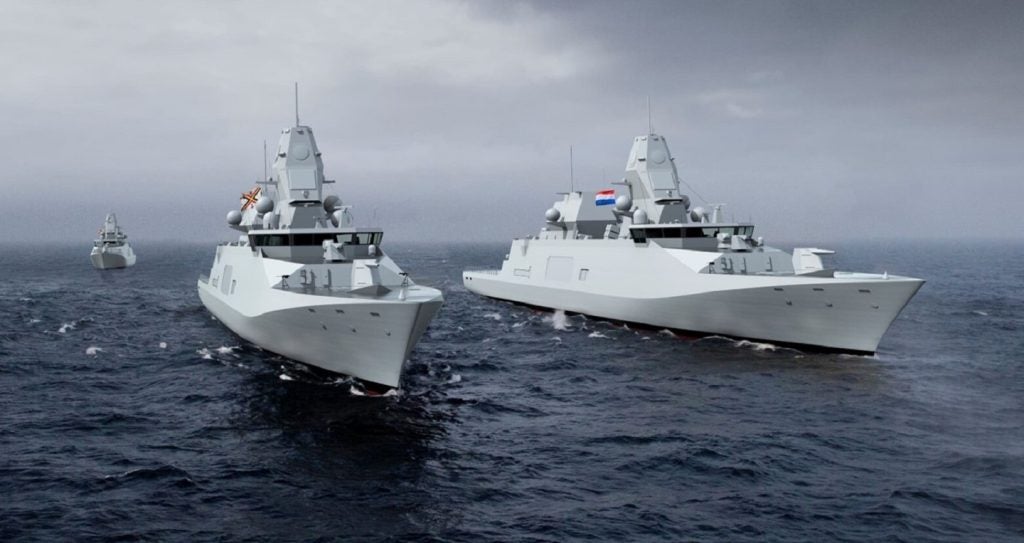Navies are increasingly looking for autonomous marine vehicles and operational solutions to gain a strategic edge in the maritime battlespace while minimising risk to their personnel and manned assets in the harsh and hostile ocean environment.
Advanced autonomous vehicle platforms, including unmanned aerial vehicles, surface vessels and underwater drones, provide a cost-effective means of performing a range of naval defence and security missions more efficiently.
Finding the best autonomous marine vehicles companies
Naval Technology has listed some of the top autonomous vehicle companies based on its intel, insights and decades-long experience in the sector.
The list includes companies that specialise in the design, manufacturing and supply of uncrewed aerial, surface and undersea vehicles for a wide range of maritime military applications. It also includes hardware, software, engine, propulsion system and spare parts suppliers, as well as upgrade, modification and other technical service specialists for the autonomous platforms.
The information contained within the download document is useful for maritime military strategists, naval commanders, senior procurement executives, intelligence specialists, naval defence system engineers, technicians, and any other individual involved in the acquisition, operation and maintenance of naval autonomous surface vessels and aerial/underwater drones.
See Also:
The download contains detailed information on the companies and their product lines, alongside contact details to aid your purchasing decision.
Types and uses of naval autonomous vehicle systems
The integration of autonomous aerial, surface and submersible vehicles with manned combat vessels and naval aircraft can provide fleet commanders with improved maritime domain awareness, enabling them to take strategic decisions more quickly and effectively.
Naval autonomous vehicles can be equipped with different payload options to perform a wide range of complex naval missions, from oceanographic surveys and intelligence, surveillance and reconnaissance (ISR) operations to anti-submarine/anti-surface warfare, as well as mine hunting and minelaying operations.
Navies use different types of autonomous vehicle systems including, but not limited to:
· Combat and non-combat unmanned aerial vehicles (UAVs)
· Unmanned surface vessels (USVs)
· Autonomous underwater vehicles (AUVs)
· Mine countermeasures uncrewed surface vehicles (MCM USVs)
· Undersea attack drones
· Self-righting monohull USVs, and
· Search and rescue (SAR) USVs
Advancements in naval autonomous vehicles technology
The modular design of naval autonomous vehicles, along with the availability of comprehensive mission payload options due to advances in robotics and sensor technologies, is attracting the attention of naval forces globally.
Major navies are building testing facilities for uncrewed maritime vehicles and creating unmanned task forces for integrating autonomous systems and artificial intelligence (AI) into their operations.
Some of the biggest autonomous vehicle companies are engaged in testing the merger of different mission payloads of an autonomous vehicle into a unified command and control system. The embedded use of UAVs, USVs and AUVs could further lead to the advent of maritime swarming technology, with networked unmanned maritime systems being able to deliver clustered attacks against targets at sea.
Separately, AI is being applied to develop anti-collision and obstacle recognition and avoidance systems to ensure the safe navigation of USVs, while the use of quantum sensors in UUVs could lead to the much-needed enhancement in underwater communication and navigation capabilities.
Download our list here.




